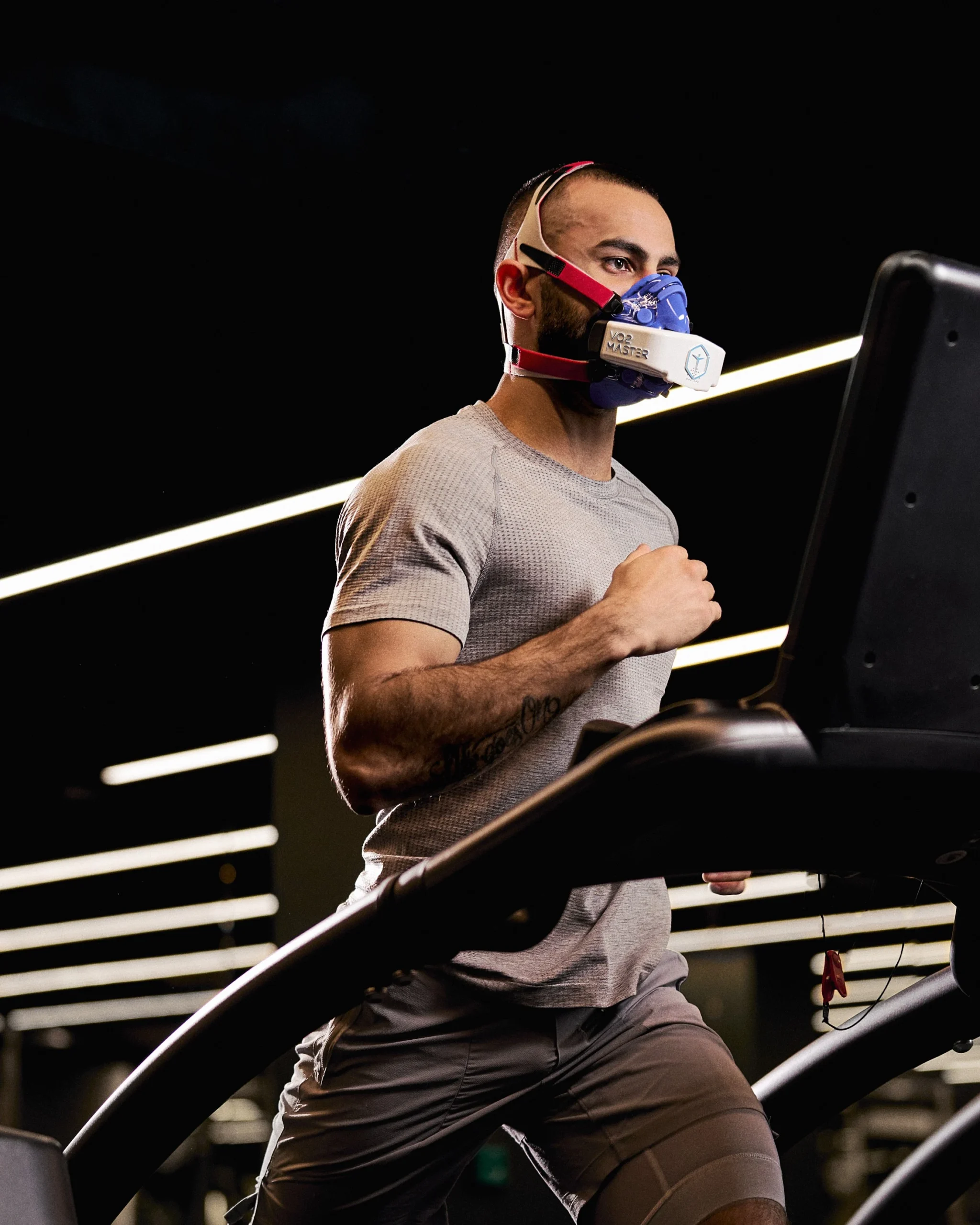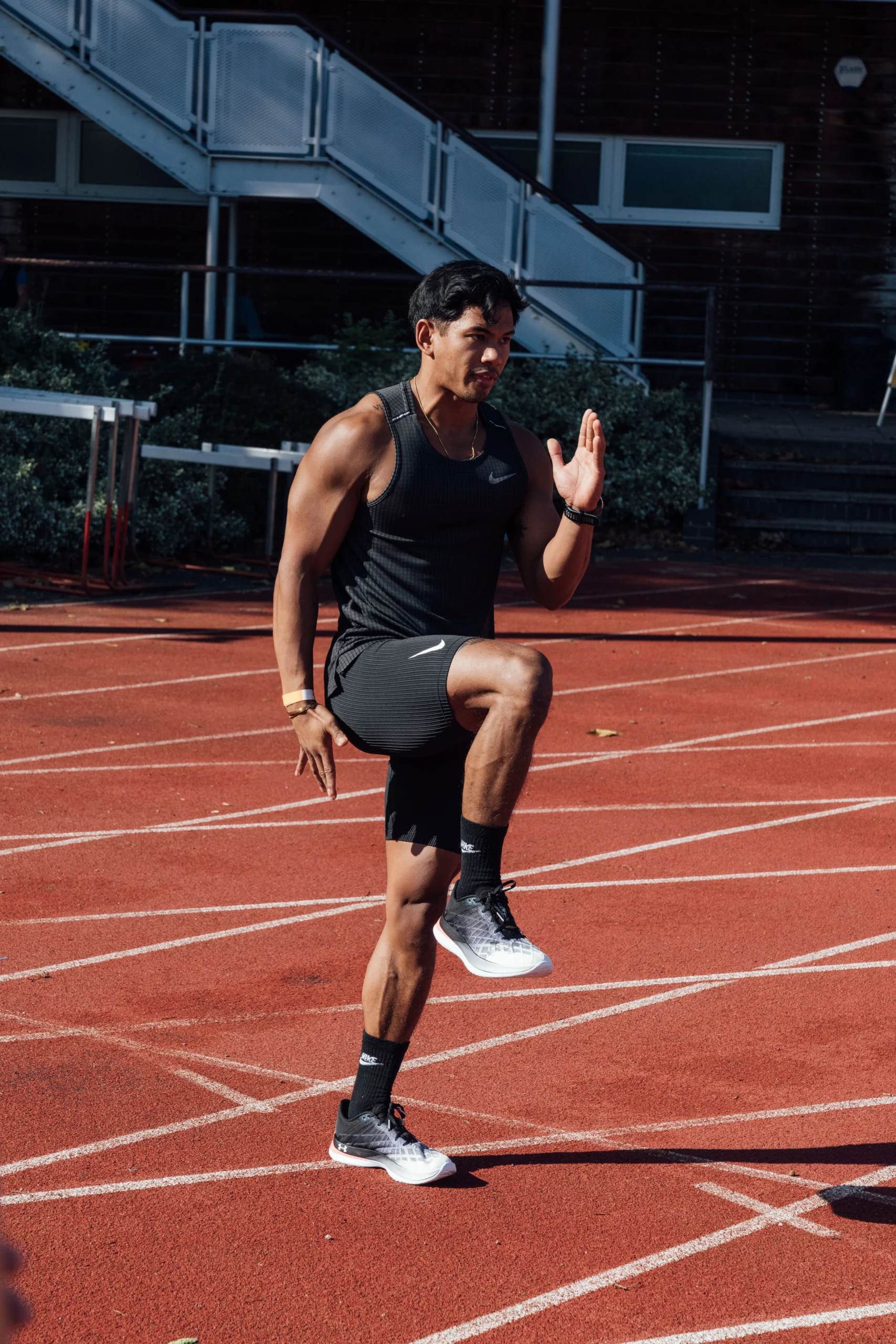- Linkedin Share
- Twitter Tweet
- Email Share
- Copy link Copy link Copied to clipboard
Stress is an inevitable part of life, but how we manage it can make all the difference in our overall well-being.
The connection between breath and the nervous system offers a powerful tool for balancing stress, enhancing performance, and maintaining motivation. Clare Walters, Master Trainer at Third Space, highlights the intrinsic link between breath and heart rate variability (HRV) in regulating the body’s response to stress and its implications for long-term health and fitness.
The Science
“Breath and the nervous system are intrinsically linked. When we inhale, our heartbeat speeds up, and when we exhale, it slows down,” explains Walters. This natural fluctuation is a reflection of the autonomic nervous system at work. Deliberately controlling our breath can influence this system, either upregulating or downregulating it. For instance, extending the exhale stimulates the parasympathetic nervous system via the vagus nerve—often referred to as the “relaxation response.”
“When the vagus nerve is stimulated, it signals to our body that we’re safe, and we can relax,” Walters adds. This triggers a cascade of physiological responses: the heart rate lowers, blood pressure decreases, breathing slows further, blood flow to the digestive system increases, and muscles relax. Essentially, it counteracts the effects of the sympathetic nervous system, which is responsible for the ‘fight or flight’ response.
Heart Rate Variability
Maintaining a balanced nervous system is crucial for both physical and mental health. “The fight or flight response is necessary for short-term survival, and our relaxation response is necessary for long-term survival—both are key,” Walters emphasises. Prolonged periods spent in a stressed state without adequate relaxation can lead to a range of health problems, including high blood pressure, digestive issues, anxiety, and compromised immune function.
Heart rate variability (HRV) serves as a valuable indicator of how well our nervous system is balancing these states. “Higher HRV suggests our nervous system is in balance and means we are ready to adapt to a stressful situation, whereas lower HRV suggests we are in recovery from a stressed state,” explains Walters. Breathwork has been shown to increase HRV, making it an effective tool for enhancing our ability to manage stress.
Use Your HRV Effectively
HRV can also guide us in optimising our training regimens. “HRV gives us an indication as to how balanced our nervous system is and therefore our ability to adapt to stress,” says Walters. On days when HRV is high, it signals that our body is ready to handle more intense workouts. Conversely, a lower HRV suggests that the body is in a recovery phase and may benefit from lighter exercise or rest. Using a wearable device, such as WHOOP, can help you monitor and measure these changes throughout the week.
“If we use our HRV as a marker for the intensity of our workouts, then we should have better results in our training,” Walters advises. By tailoring our exercise intensity to our HRV, we can avoid the risks of overtraining, such as injury and diminished performance.
Breathwork Techniques to Try
Walters also shares practical breathwork techniques for various situations. To stay calm, she recommends coherent breathing—matching an inhale and exhale for 5-6 seconds each, which slows the breath to about six breaths per minute, down from the typical 12-20. During workouts, nasal breathing can help by forcing slower, more efficient breaths, especially during moderate-intensity sessions like zone 2 cardio. For recovery, extending the exhale to twice the length of the inhale can shift the body into a more relaxed state.
To aid sleep, Walters suggests box breathing, which involves four equal parts: inhale, hold, exhale, and hold, each for a count of four. This technique slows the breath and builds CO2 tolerance, which can help mitigate anxiety.
Breathwork offers a powerful means to regulate the nervous system, improve heart rate variability, and enhance overall well-being. By understanding and applying these techniques, we can manage stress more effectively, stay motivated in our training, and support long-term physical and mental health.




